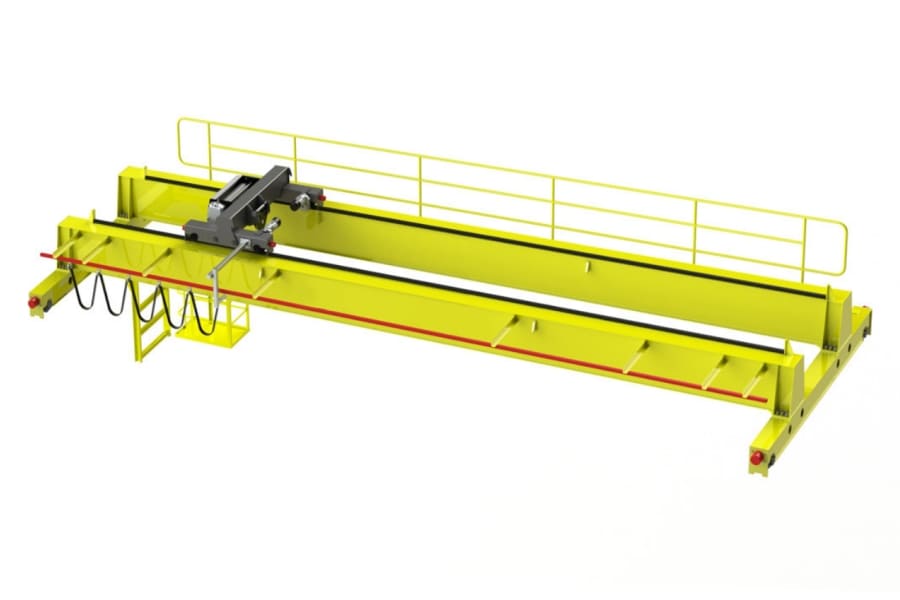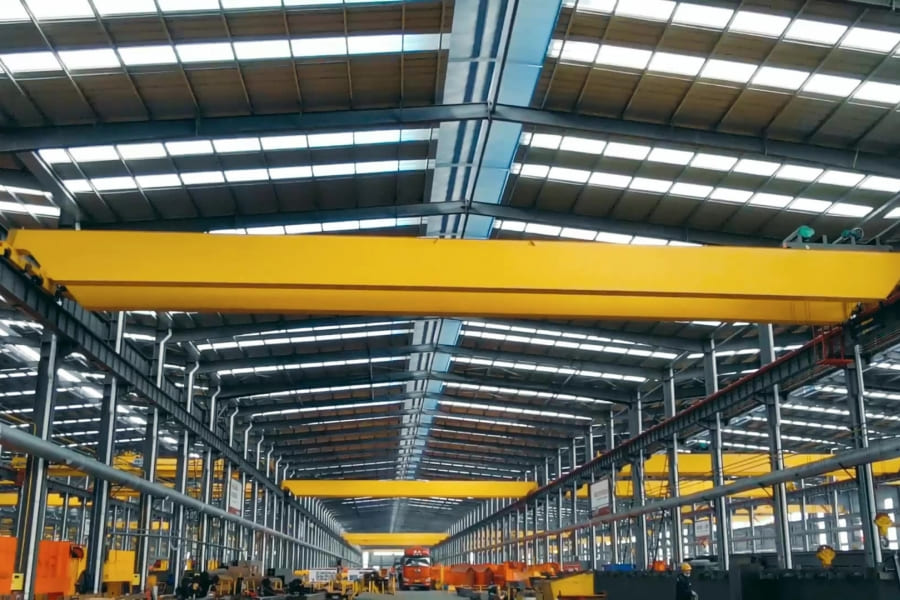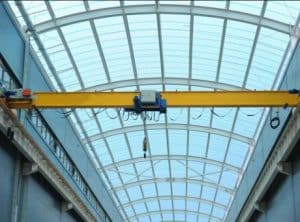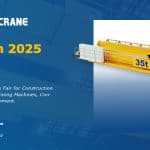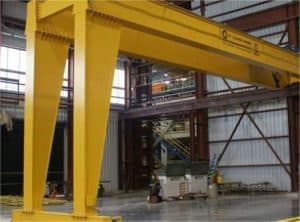Las grúas puente móviles, también conocidas como grúas suspendidas, ofrecen varias ventajas que las convierten en la opción preferida en ciertas aplicaciones. A continuación, se presentan algunas ventajas clave de las grúas puente móviles. Puentes grúa en funcionamiento:
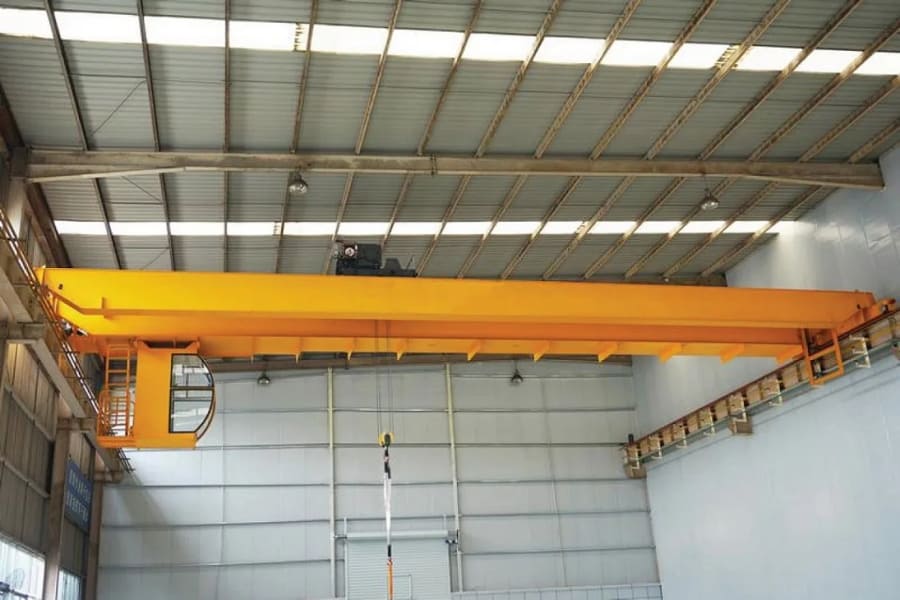
Uso máximo del espacio vertical: las grúas móviles se suspenden de la estructura del edificio, lo que permite un uso máximo del espacio vertical disponible. Dado que la viga del puente se sostiene desde abajo mediante las vigas de la pista, no es necesario disponer de espacio adicional por encima de la grúa para la estructura móvil superior. Esto resulta especialmente beneficioso en instalaciones con alturas de techo limitadas o con alturas de techo bajas.
Mayor altura del gancho: el diseño de las grúas suspendidas permite una mayor altura del gancho en comparación con las grúas suspendidas. Como la viga del puente está suspendida desde abajo, no ocupa ningún espacio vertical por encima de la grúa, lo que da como resultado una mayor altura de elevación y la capacidad de manipular cargas más altas.
Movimiento más suave: las grúas de desplazamiento inferior suelen ofrecer un movimiento más suave en comparación con las grúas de desplazamiento superior. Las ruedas de los carros de traslación se desplazan a lo largo del reborde inferior de las vigas de la pista, lo que proporciona un movimiento estable y controlado. Este movimiento suave es especialmente importante cuando se manipulan cargas delicadas o sensibles.
Rentabilidad: el diseño de las grúas de apoyo inferior suele requerir menos estructura de acero y soporte estructural en comparación con las grúas de apoyo superior. Esto puede generar ahorros de costos, especialmente cuando la estructura del edificio ya está diseñada para soportar las cargas de la grúa. Además, las grúas de apoyo inferior suelen tener un peso muerto menor, lo que reduce la carga general sobre la estructura del edificio.
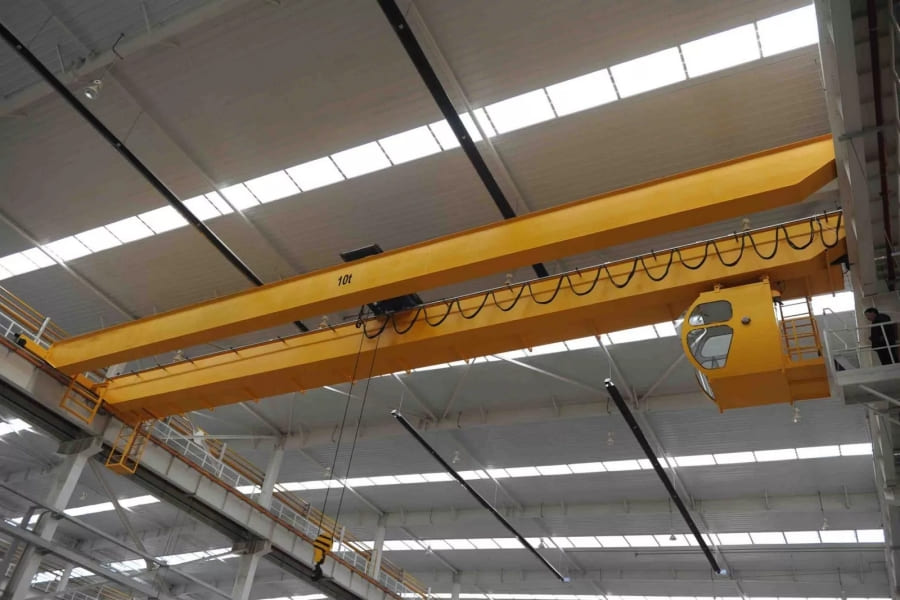
Flexibilidad en el diseño de la distribución: las grúas subterráneas ofrecen flexibilidad en el diseño de la distribución de las instalaciones. Las pistas de las grúas se pueden disponer en varias configuraciones, como líneas rectas, trayectorias curvas o diseños personalizados para adaptarse a los requisitos específicos del espacio de trabajo. Esta flexibilidad permite un flujo de material eficiente y un uso optimizado del espacio disponible en el piso.
Fácil instalación: las grúas subterráneas suelen ser más fáciles de instalar que las grúas superiores. Como no requieren espacio adicional por encima de la grúa, el proceso de instalación se simplifica. Esto puede dar como resultado tiempos de instalación más cortos y una interrupción mínima de las operaciones de la instalación.
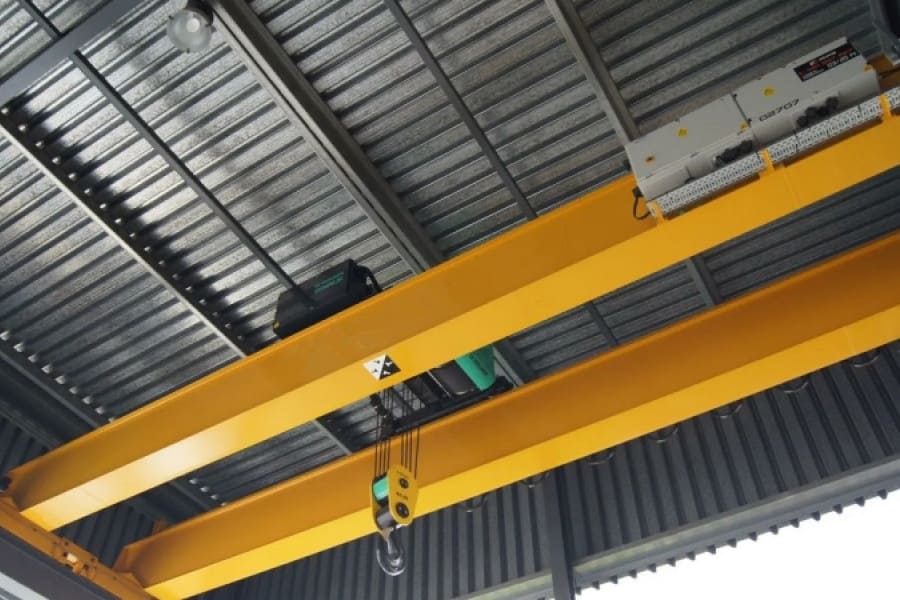
Es importante tener en cuenta que la idoneidad de una grúa móvil depende de la aplicación específica y de los requisitos de las instalaciones. Se deben tener en cuenta factores como la capacidad de carga, el espacio disponible, la altura del techo y otras consideraciones operativas a la hora de determinar el tipo de grúa más adecuado para una aplicación determinada.









